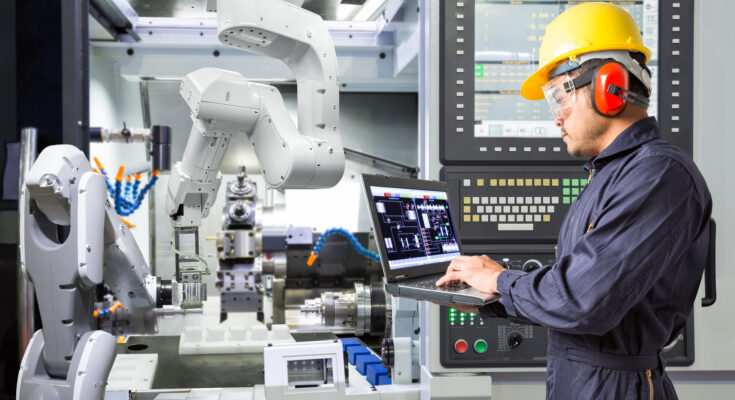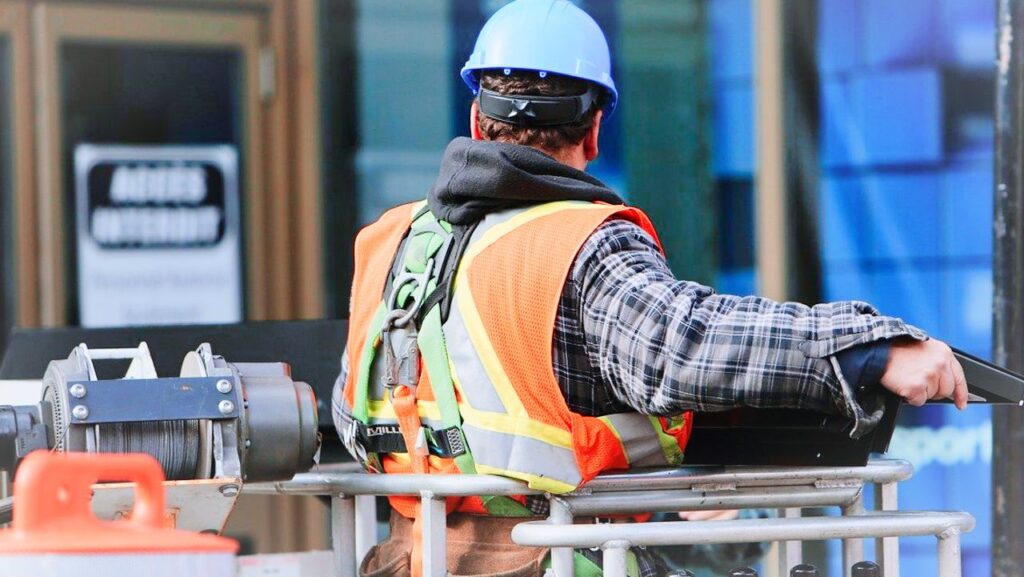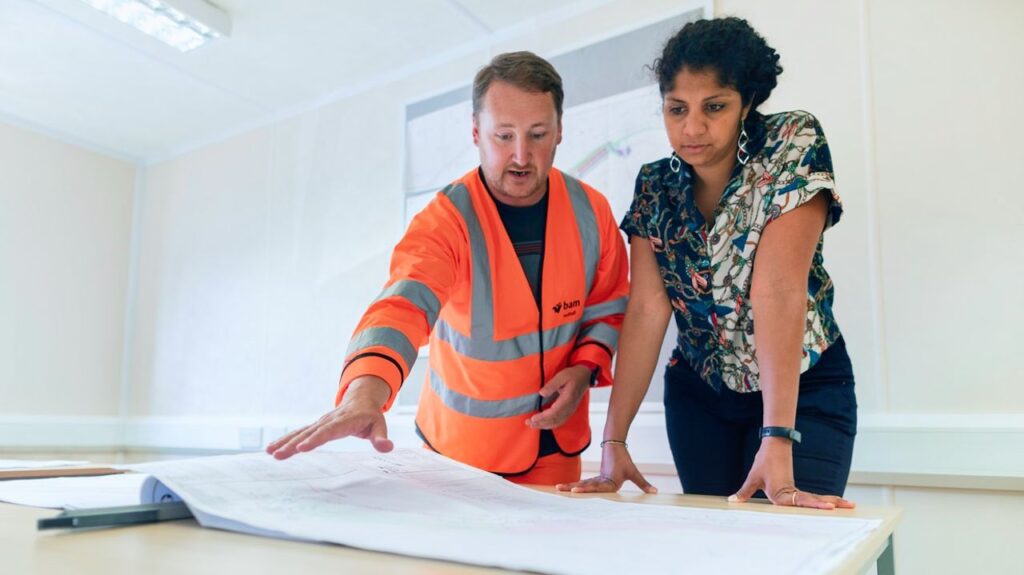Is your robot application really safe?
Ensuring robot safety is a vital part of any robotic deployment. Even the smallest slip-up could be disastrous when you are working with high-powered, fast-moving robotic manipulators.
When you follow some straightforward safety rules, you can significantly reduce the chances that your application would harm someone.
We can’t deny it… robots can be dangerous.
Just like any large, industrial machinery, robots have the potential to cause physical harm to human workers.
As a robot user, it is your responsibility to ensure that your robot is used safely.
Are Robots Really Safe? A Good Question to Ask
There is a common perception — particularly in the Western world — that robots are dangerous.
This may be due to the way that robots are portrayed in the media and entertainment. Cultural perceptions of robots vary across countries. Research has also found that attitudes towards robots have become more negative over time. This is perhaps due to the increased media coverage around the topic of robotic technology.
This negative perception can lead to a feeling that robots are inherently unsafe.
In fact, the rate of accidents with robots is extremely low.
According to the Occupational Safety and Health Administration, there have only been 20 reported deaths involving robots in the USA since the first incident in 1984 (an interesting date if you’re a fan of George Orwell, perhaps). More people than this die every 2 weeks by falling out of bed or from other furniture (an average of 650 deaths per year).
Compared to other industrial machinery, robots are very safe… but only if you use them safely.
Thankfully, there are various safety standards specifically created to ensure that robots are used safely.
A Basic Guide to Robot Safety Standards
Robotic machines must conform to the relevant safety standards before they are allowed to be sold. Some of these standards are the same as other industrial machinery. For example, in the USA they should conform with the guidelines “OSHA 1910.212 General Requirements for All Machines.”
Aside from the more general standards, there are also several robot-specific standards. These vary depending on the type of robot you are using.
Two of the main standards you might encounter are these:
ISO 10218 Safety requirements for industrial robots
The International Standards Organization (ISO) produces standards that are used all over the world. Those standards provide guidelines for a huge range of products and applications, as well as required operational procedures for various aspects of business.
ISO 10218 provides guidelines for creating industrial robots that are inherently safe if used correctly. It also includes operational requirements, such as protective measures and general information for the safe use of industrial robots.
ANSI/RIA R15.06-2012- The industrial robot safety standard
The American National Standards Institute (ANSI) creates standards that are primarily used in the United States of America. It is a private, non-profit organization and its goal is to enhance the global competitiveness of US businesses.
The Robotic Industries Association (RIA) is a US trade group that specifically serves the robotics industry. The industrial robot safety standard is a collaborative standard between ANSI and RIA.
ANSI/RIA R15.06 provides guidelines for the manufacture and integration of industrial robot systems. It is closely aligned with ISO 10218 so ensures that US robots also align with international safety requirements.
The Importance of a Risk Assessment
Even if your robot has been manufactured to ISO or ANSI standards, this doesn’t mean that your robotic application is inherently safe.
It is vital that you always perform a risk assessment. With this, you identify potential safety risks and plan ways to mitigate those risks before they become a problem.
Both ISO 1021 and ANSI/RIA R15.06 include guidelines on how to perform such risk assessments for your robot deployment.
A Robot Safety Checklist for Your Application
What steps should you take to ensure that your robot application is safe?
The first step is to perform that all-important risk assessment. Common risk assessment steps, taken from ANSI/RIA R15.06 are:
- Set the use limits for your robot system.
- Identify the potential hazards for your chosen task.
- Make an initial estimation of the risks.
- Determine ways that you could reduce those risks.
- Implement these risk reduction measures.
- Check to verify that the risk really has been reduced by your measures.
- Document the steps you took.
As well as the risk assessment, some extra practical steps you can take to double-check the safety of your robot before use are:
- Check for and remove any obstruction in the work area.
- Ensure there is no damage to the robot.
- Remove loose-fitting clothing and tie up long hair.
- Move the teach pendant to a space outside of the robot’s workspace.
- Make sure you know where the emergency stop button is.
- Keep people out of the robot’s workspace.
- Ensure you are wearing the proper safety equipment.
If In Doubt, Get Robot Safety Training
If you are ever unsure about the safety of your robot, it can be helpful to get robot safety training.
You may be able to find safety training from the robot manufacturer or your integrator if you are using one. You can also get training that aligns with the ANSI/RIA R15.06 standard directly from RIA.
Whatever you do, make sure you are using your robot in a safe manner.
What aspects of robot safety concern you? Tell us in the comments below or join the discussion on LinkedIn, Twitter, Facebook, Instagram, or in the RoboDK Forum.







